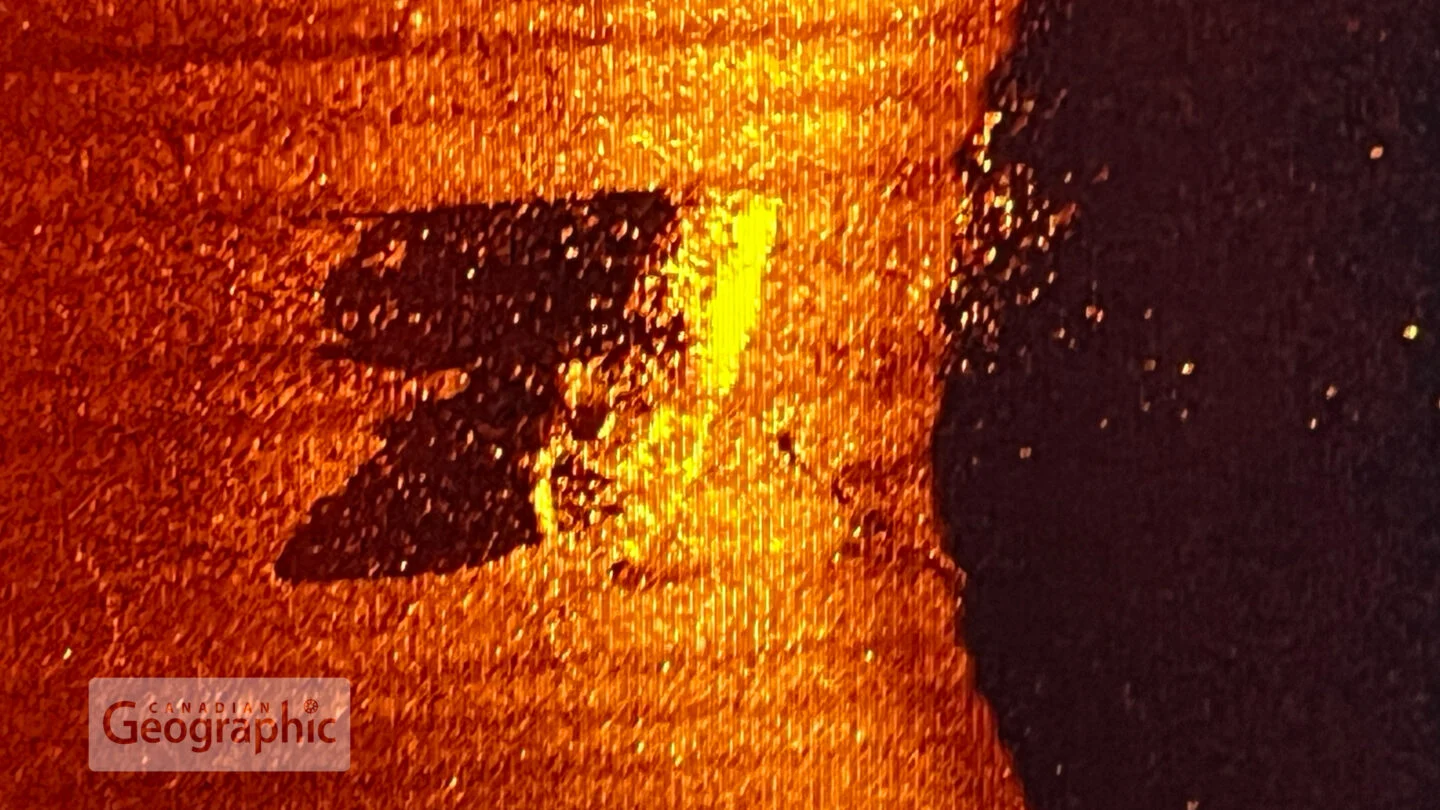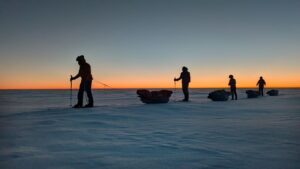The Royal Canadian Geographical Society has announced the discovery of Sir Ernest Shackleton’s ship, the Quest, resting at the bottom of the Labrador Sea. The storied British polar explorer died aboard of a heart attack in 1922. The missing vessel was discovered off the coast of Newfoundland and Labrador, Canada on June 9. It is upright and well-preserved at a depth of 390 meters.
The Quest sank on May 5, 1962, after suffering ice damage while hunting seals. It is located in the traditional waters of the Mi’kmaq, Innu, and Inuit people.
Following Shackleton’s death, the Quest was used in several polar expeditions, such as the 1930-31 British Arctic Air Route Expedition led by the largely forgotten British adventurer Gino Watkins. It served in World War II and eventually did more routine maritime jobs before its demise as a sealing vessel.
“Finding Quest is one of the final chapters in the extraordinary story of Sir Ernest Shackleton,” said John Geiger, the expedition leader and CEO of the Royal Canadian Geographical Society. “Shackleton was known for his courage and brilliance as a leader in times of crisis. The tragic irony is that his was the only death to take place on any of the ships under his direct command.”

A map illustrates Quest’s final voyage and the search area in the Labrador Sea. Map: Chris Brackley/Can Geo
Painstaking research pinpointed the ship
The search team, led by renowned shipwreck hunter David Mearns, consisted of many international experts. Through meticulous research, including analysis of historical documents, ships’ logs, and weather data, lead researcher Antoine Normandin identified the Quest’s location with impressive precision.
Mearns confirmed the find, stating, “Data from high-resolution side-scan sonar imagery corresponds exactly with the known dimensions and structural features of this special ship and is also consistent with events at the time of the sinking.”
The Quest embarked on the Shackleton-Rowett Expedition from London on September 17, 1921. Shackleton referred to it as his “swan song,” and he died unexpectedly aboard on Jan. 5, 1922, while the ship was anchored at Grytviken Harbour, South Georgia.
In her final voyage, the Quest became trapped and crushed by ice, ultimately sinking after Captain Olav Johannessen and his crew evacuated. Johannessen noted the ship’s last recorded coordinates in a telegram.
The search for the Quest was not without its challenges. The team faced mechanical issues and a tight schedule, but persistence paid off. On June 9, after an extensive sonar scan, the Quest was found 2.5km from its last reported position.
The next phase of work will involve a detailed survey of the wreck using remotely operated vehicles. This will hopefully reveal the ship’s name on the wheelhouse and further illuminate Shackleton’s enduring legacy.





